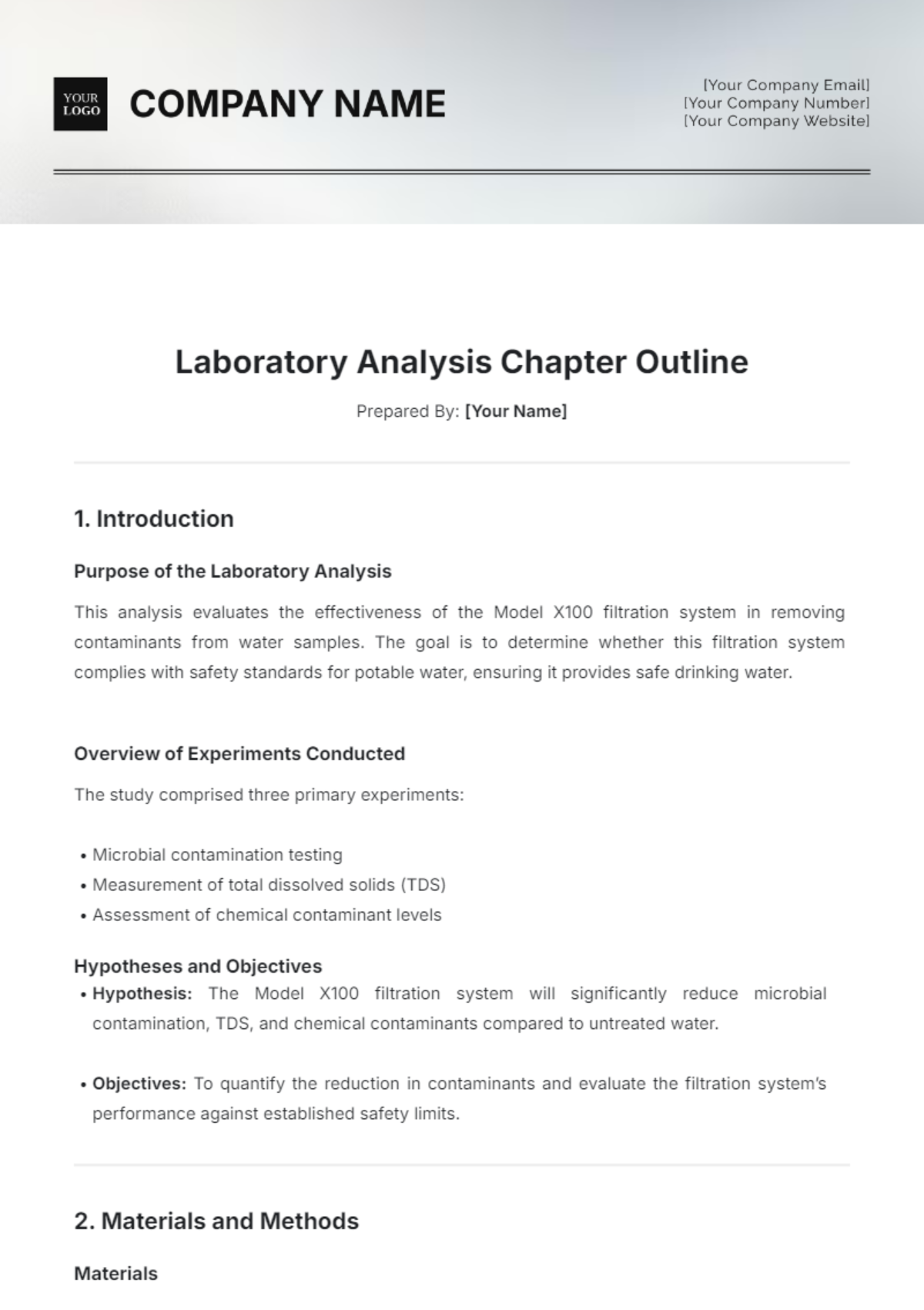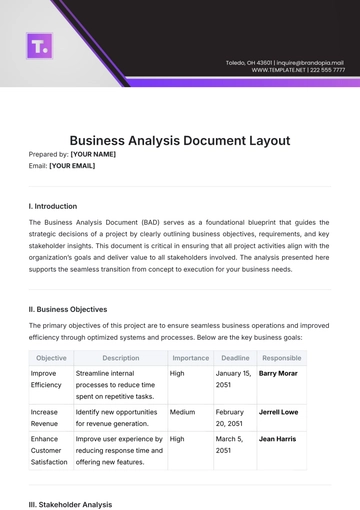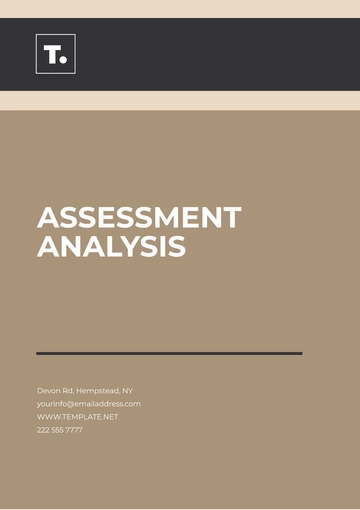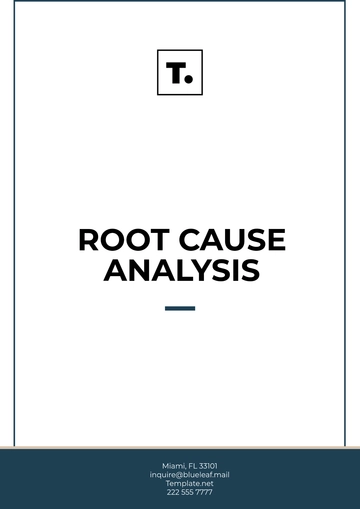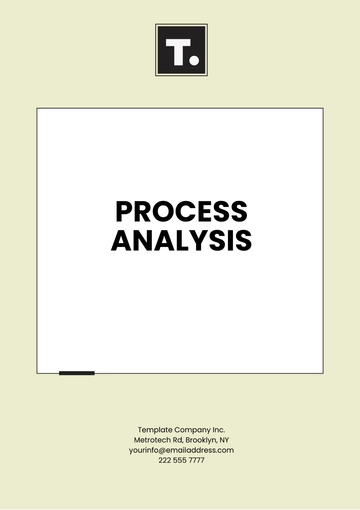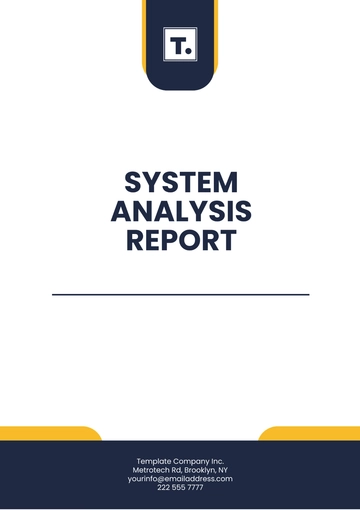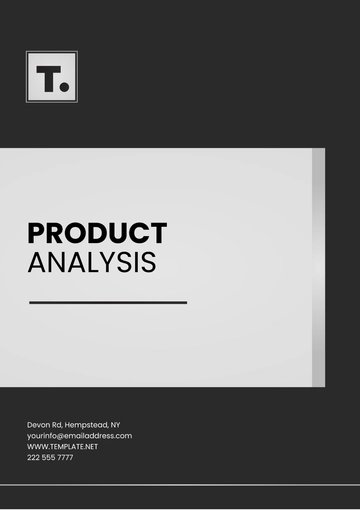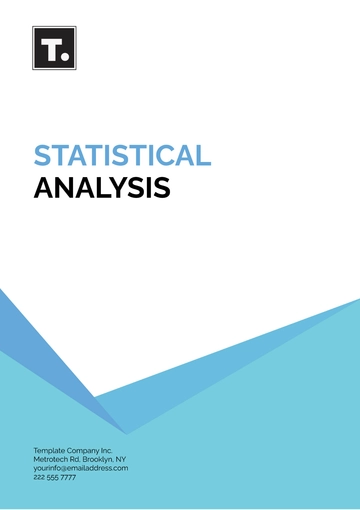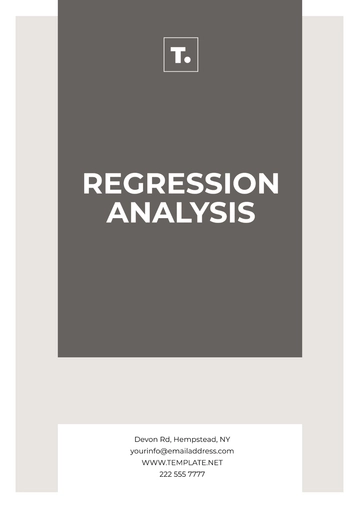Laboratory Analysis Chapter Outline
Prepared By: [Your Name]
1. Introduction
Purpose of the Laboratory Analysis
This analysis evaluates the effectiveness of the Model X100 filtration system in removing contaminants from water samples. The goal is to determine whether this filtration system complies with safety standards for potable water, ensuring it provides safe drinking water.
Overview of Experiments Conducted
The study comprised three primary experiments:
Microbial contamination testing
Measurement of total dissolved solids (TDS)
Assessment of chemical contaminant levels
Hypotheses and Objectives
Hypothesis: The Model X100 filtration system will significantly reduce microbial contamination, TDS, and chemical contaminants compared to untreated water.
Objectives: To quantify the reduction in contaminants and evaluate the filtration system’s performance against established safety limits.
2. Materials and Methods
Materials
Methods
Experimental Procedures:
Water samples were collected from tap, river, and well water.
Samples were split into two groups: Model X100-treated and untreated controls.
Microbial contamination was assessed using nutrient agar plates.
TDS was measured with a UV spectrophotometer.
Chemical contaminant levels were analyzed using standard calibration curves.
Sample Preparation:
Analytical Techniques:
Microbial counts were recorded following a 48-hour incubation period.
TDS levels were determined by measuring absorbance at specific wavelengths.
Chemical contaminants were quantified using established methods.
Safety and Precautions:
Laboratory personnel wore appropriate PPE (gloves and safety goggles).
Reagents were handled following safety data sheets.
Waste disposal adhered to laboratory protocols.
3. Data Collection
Sample Description
Data Recording
Types of Data Recorded:
Data Entry Procedures:
Experimental Conditions
4. Data Analysis
Data Processing
Results Presentation
5. Results
Descriptive Statistics
Microbial Counts:
Control: 250 CFU/mL
Treated: 5 CFU/mL
TDS Levels:
Control: 500 ppm
Treated: 220 ppm
Inferential Statistics
Key Findings
6. Discussion
Interpretation of Results
Comparison with Literature
Limitations
Suggestions for Future Research
7. Conclusion
Summary of Key Results
Overall Significance of the Analysis
Final Remarks
Chapter Outline Template @ Template.net
